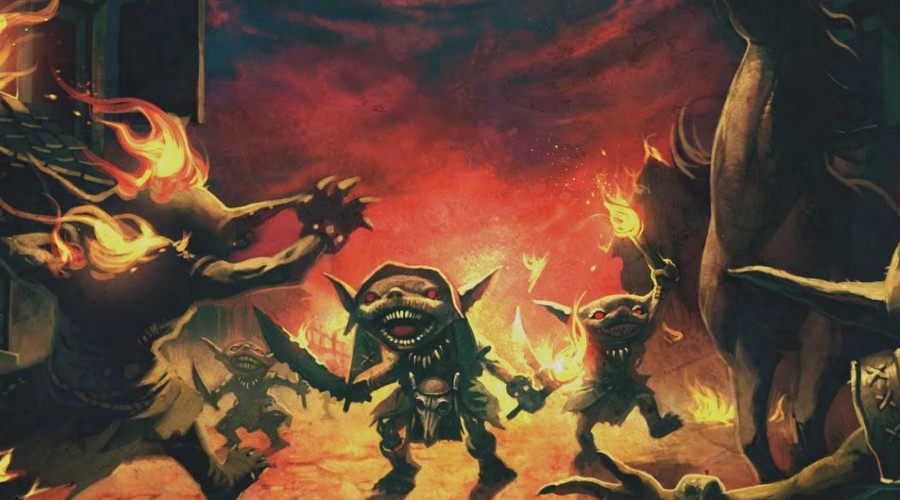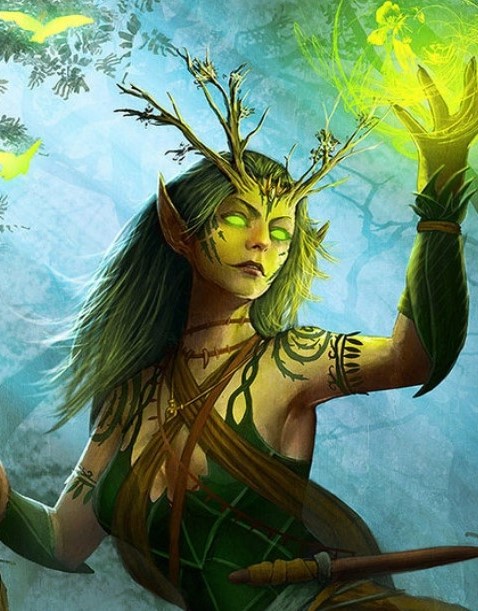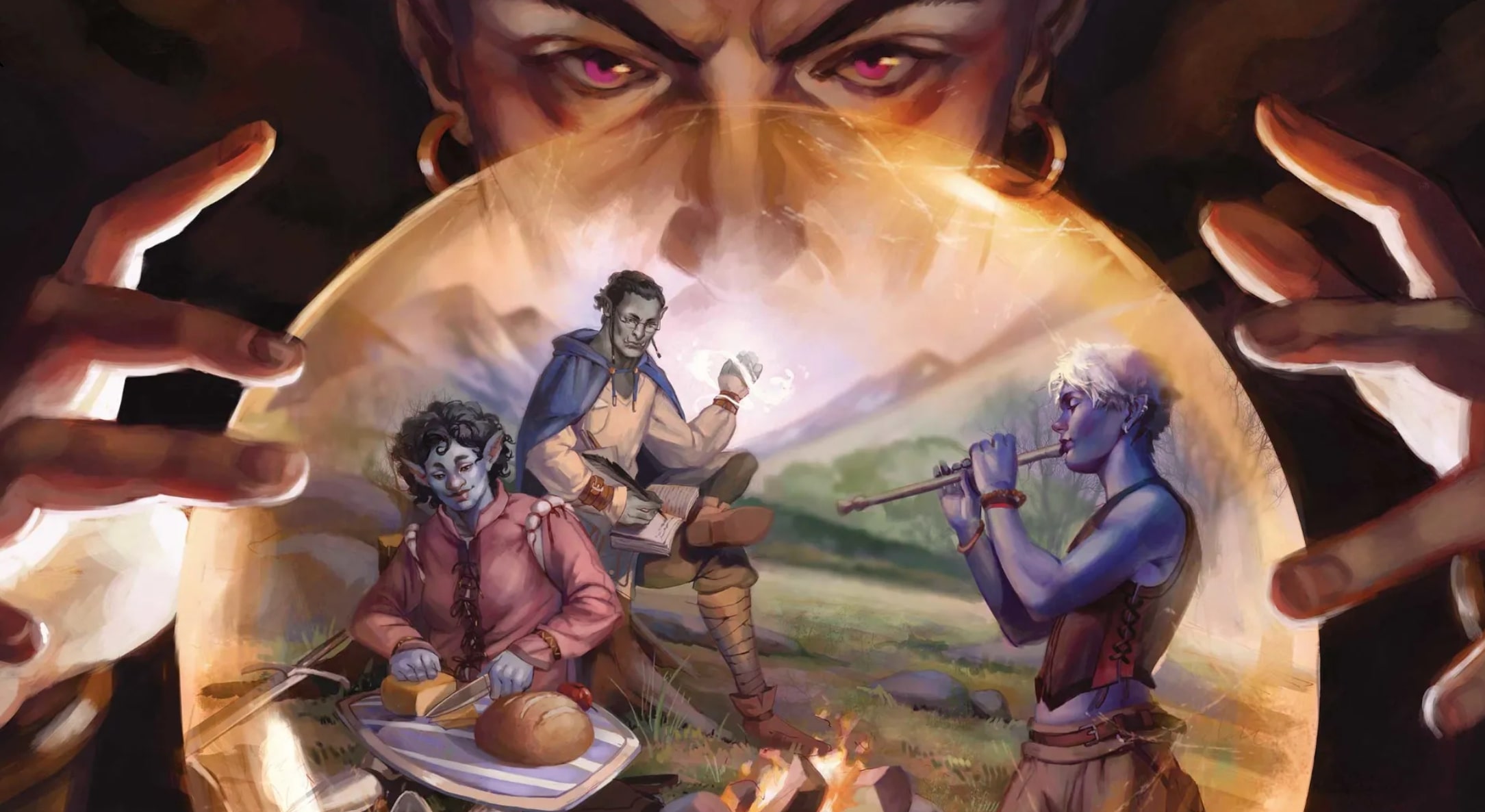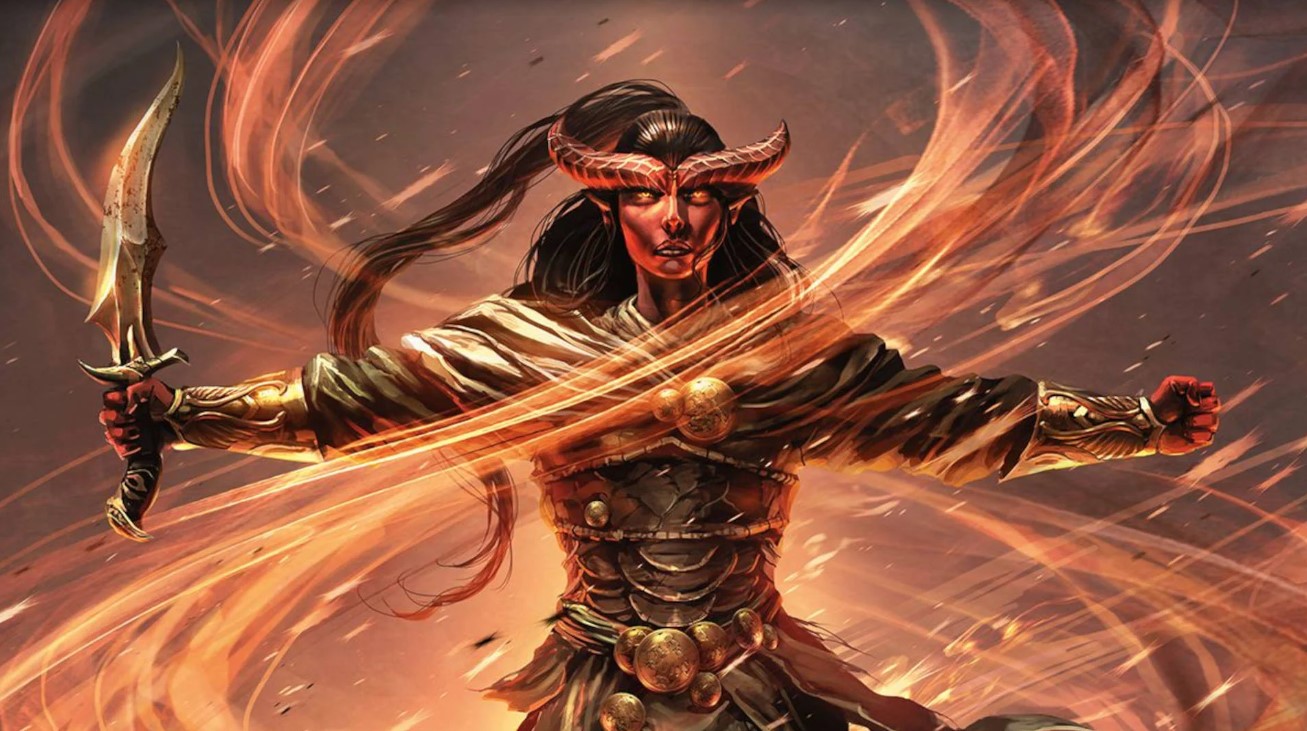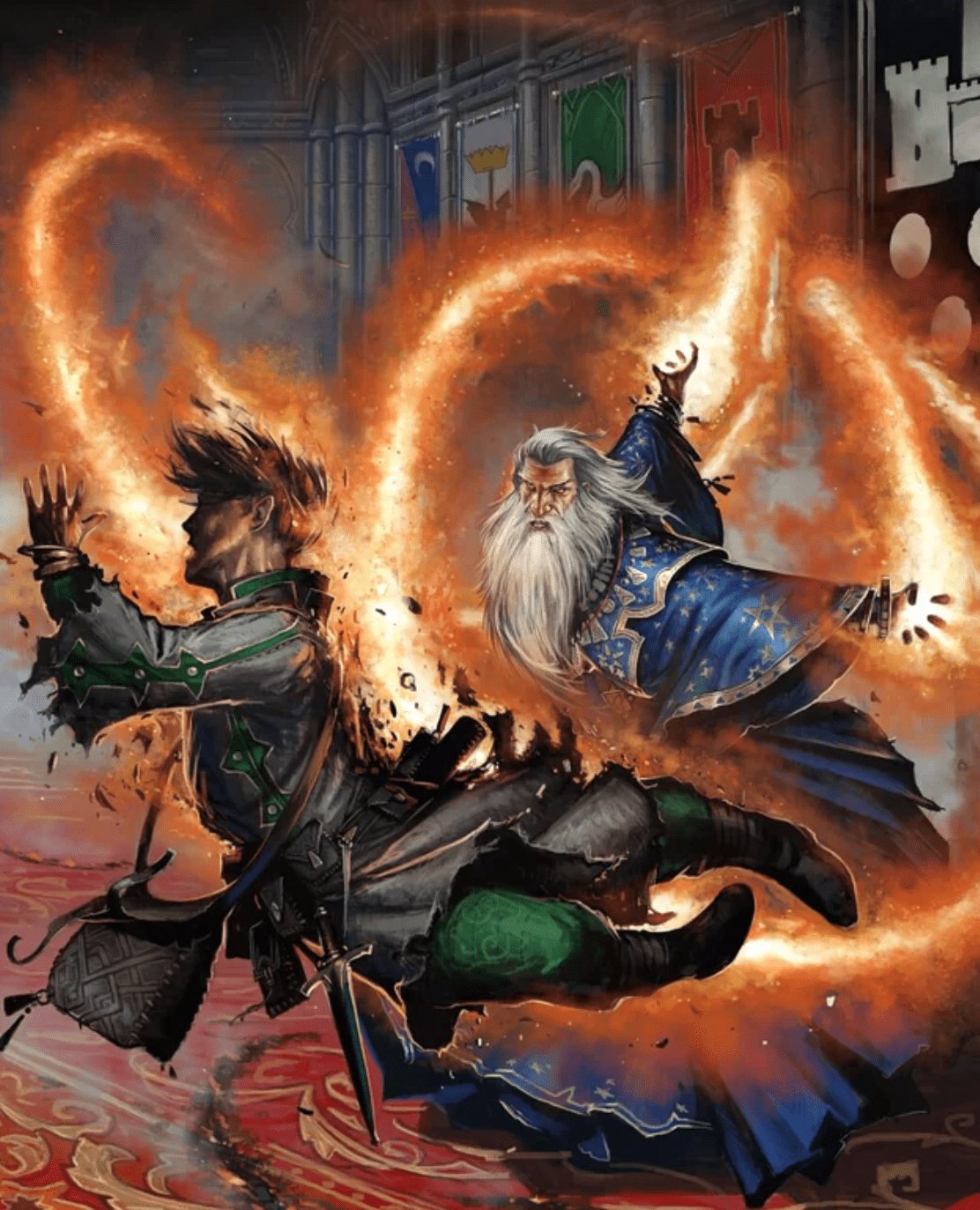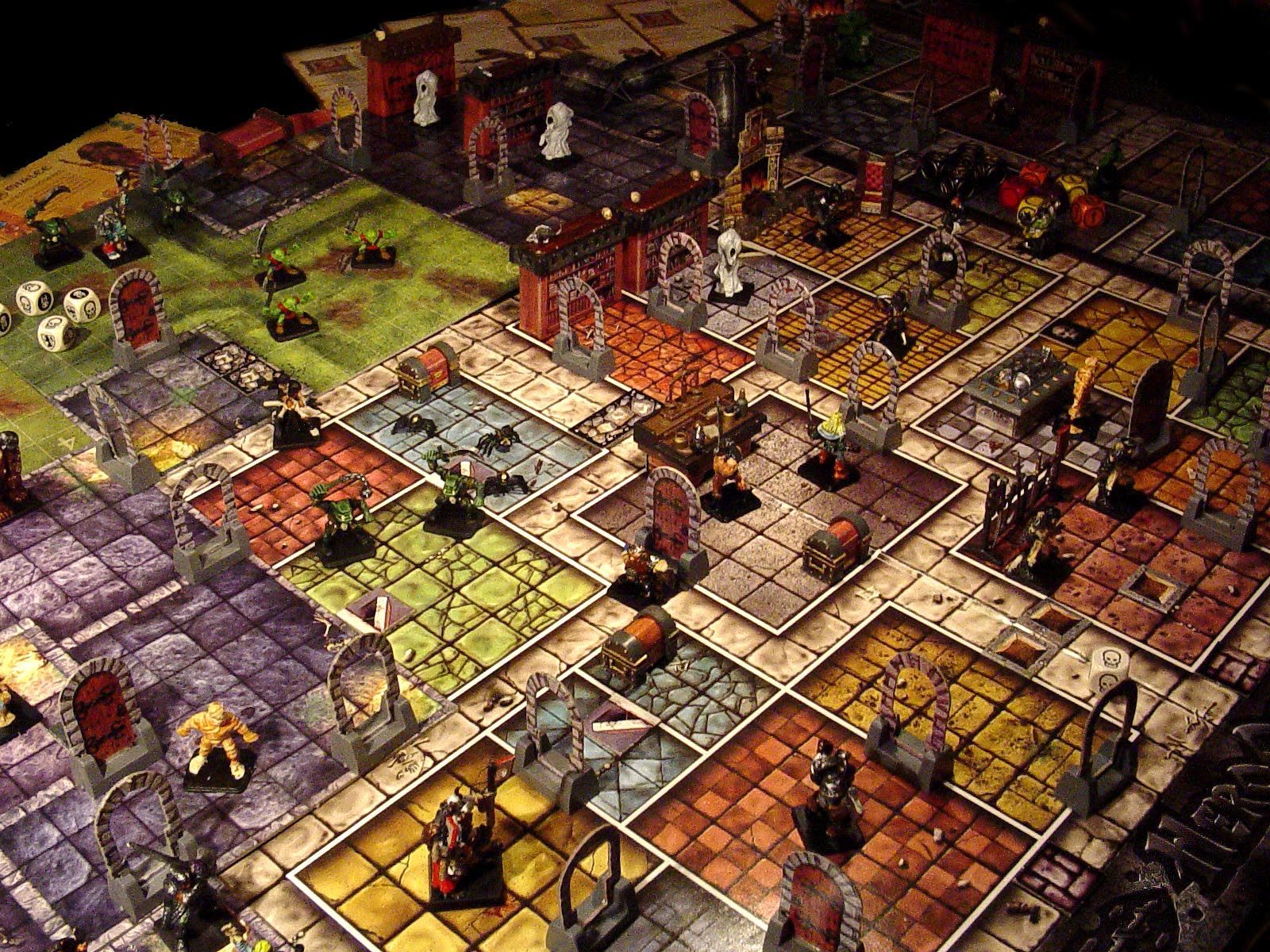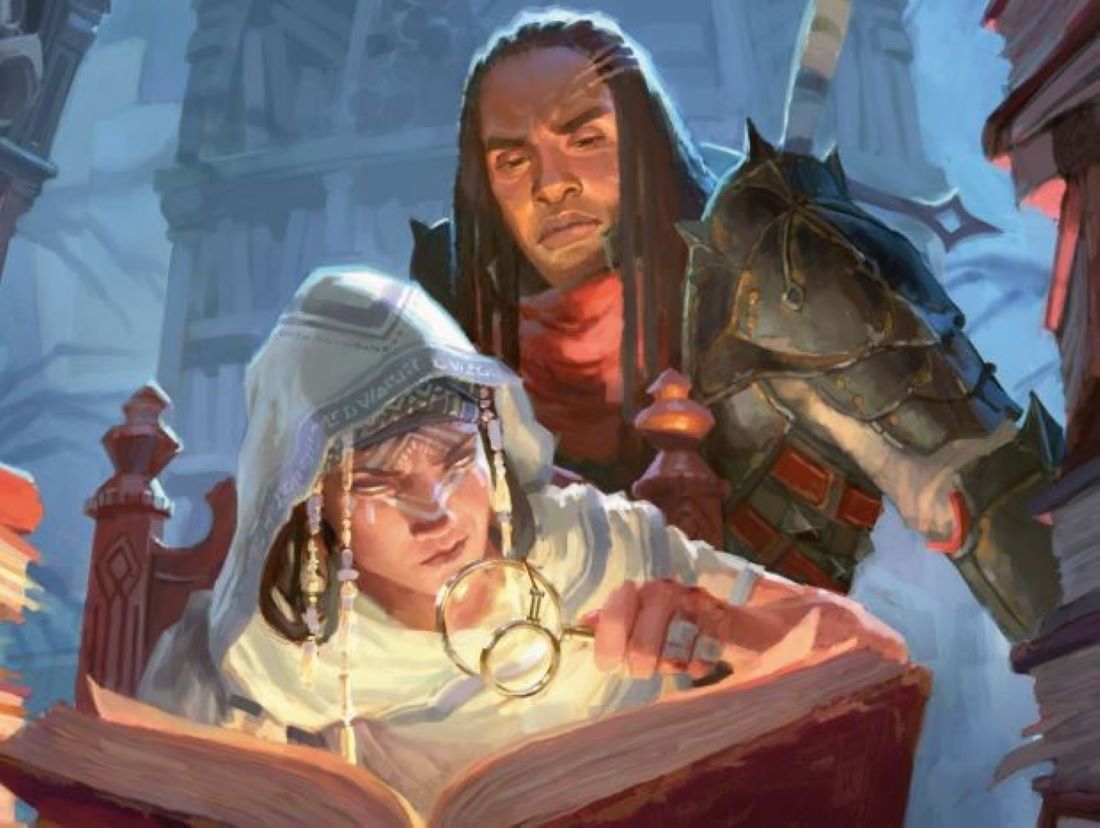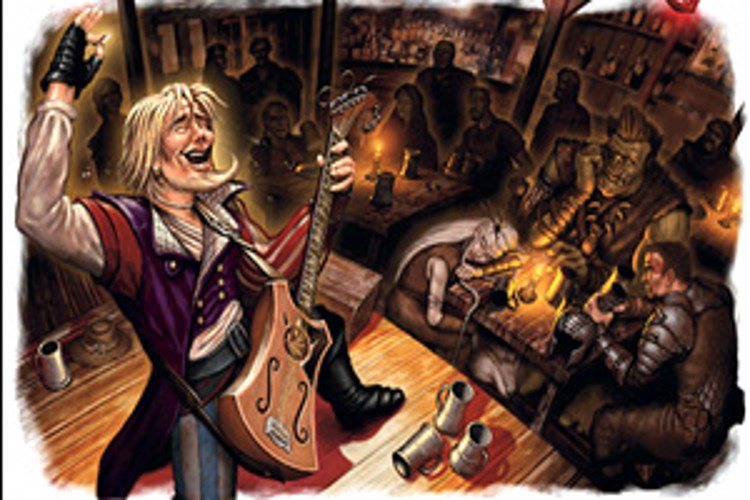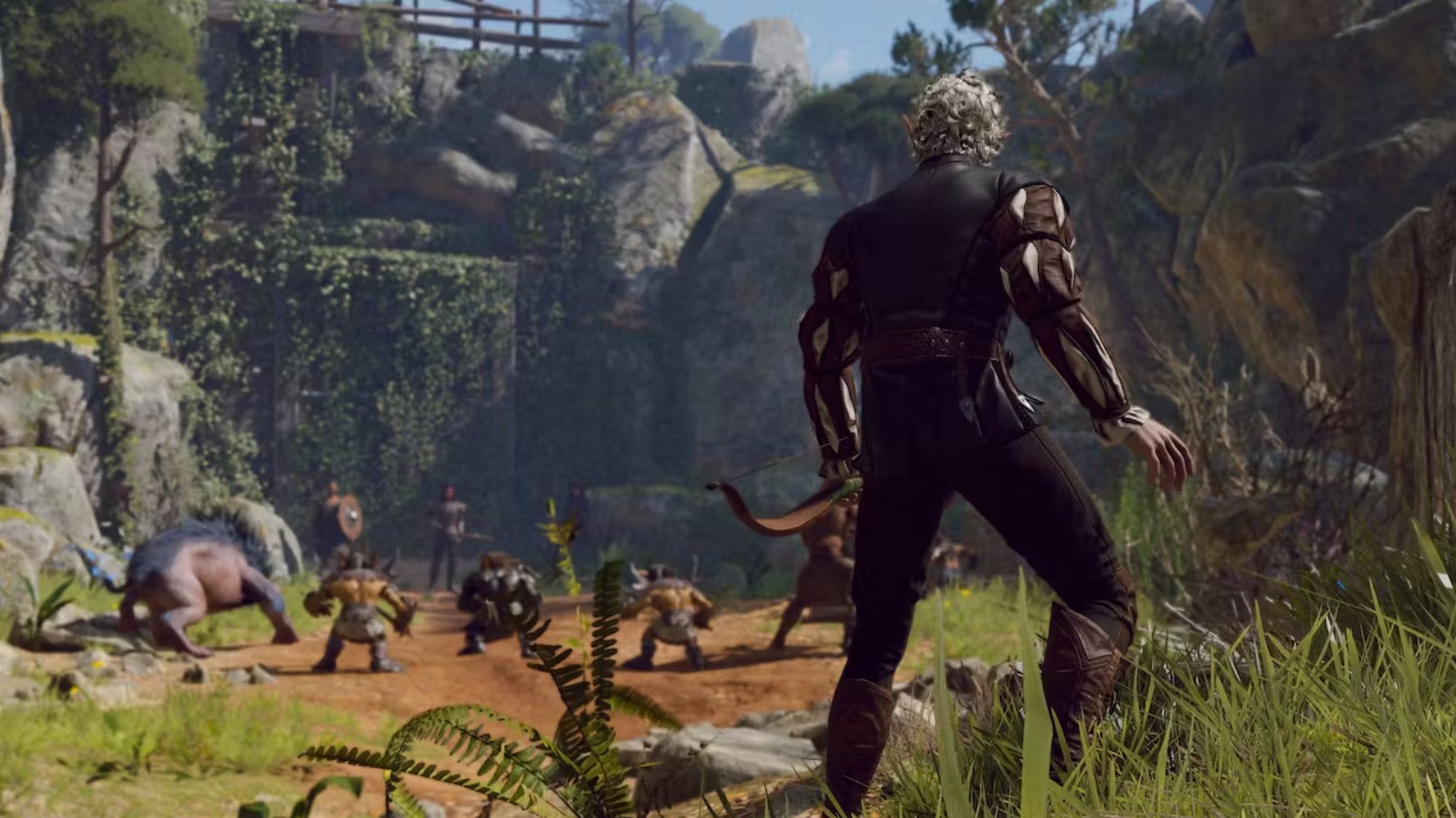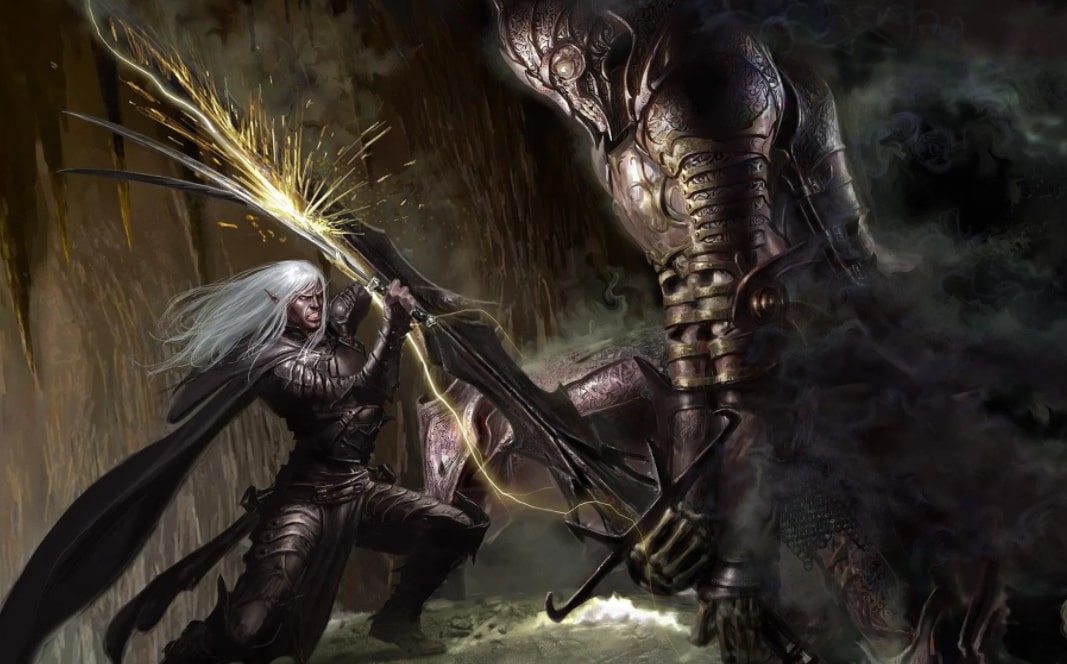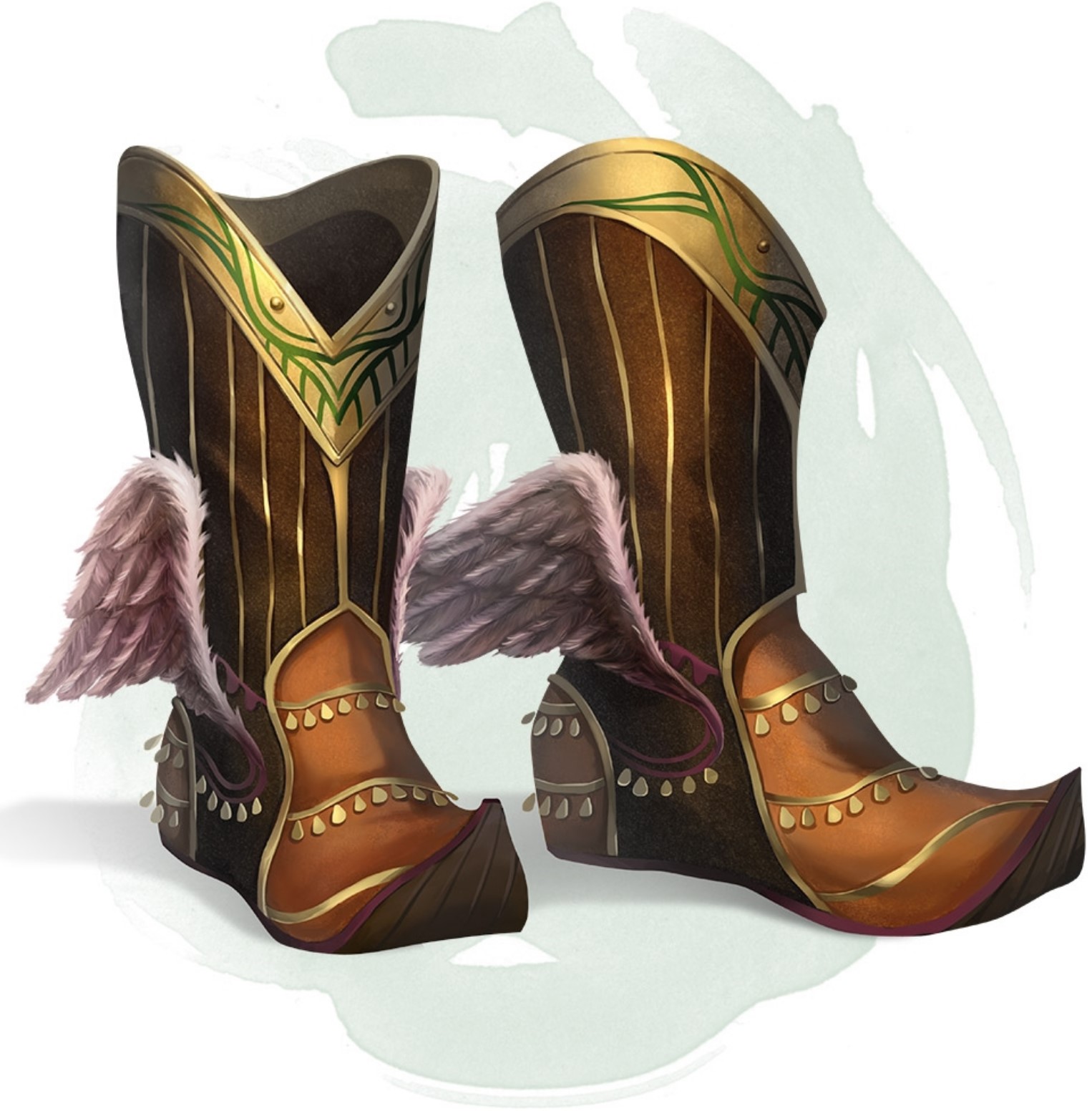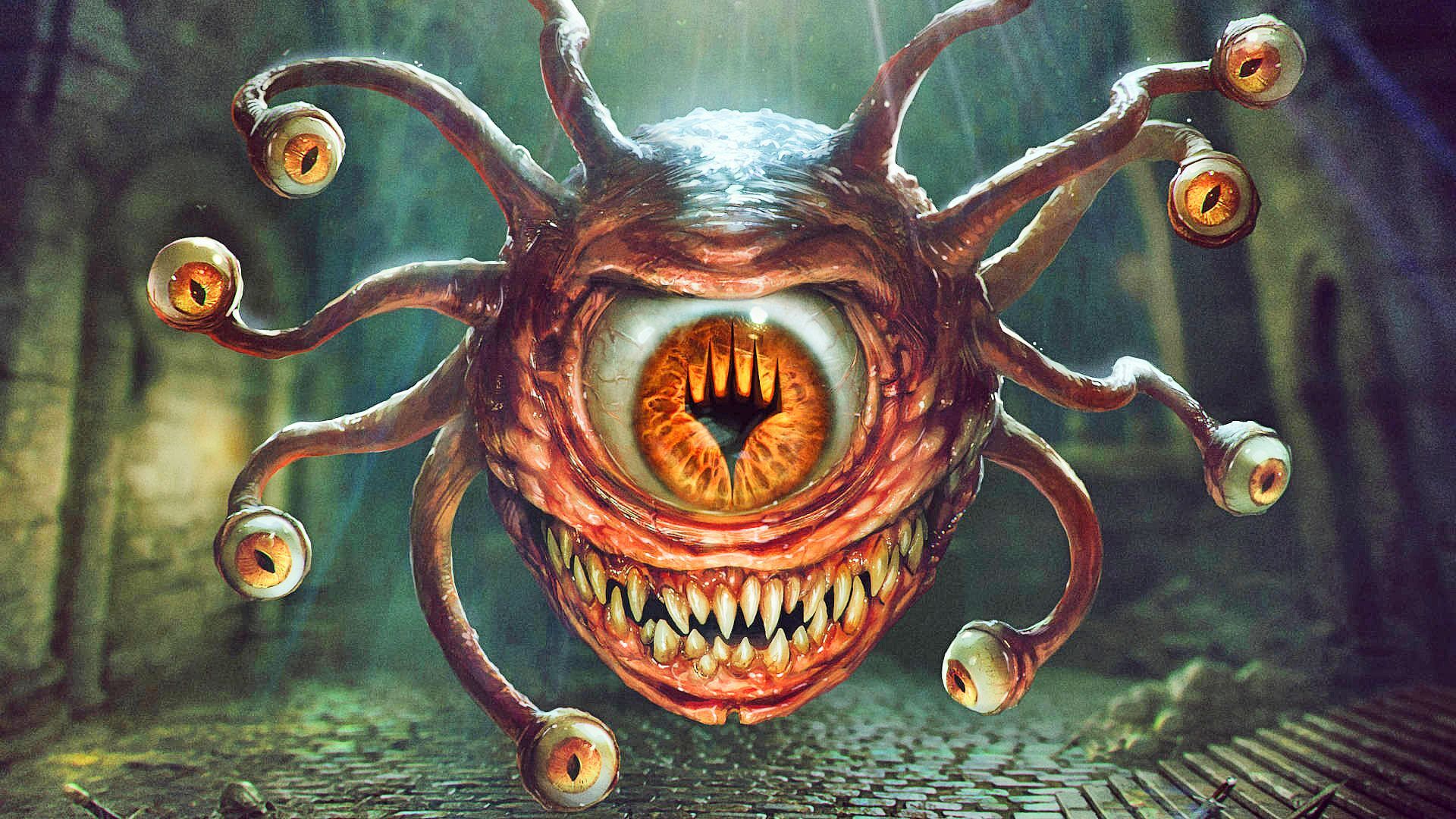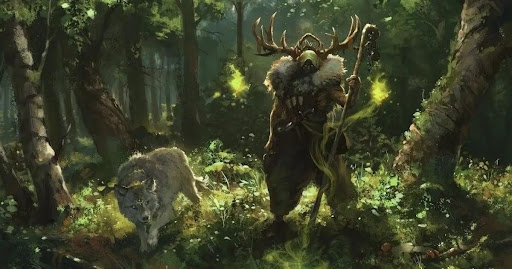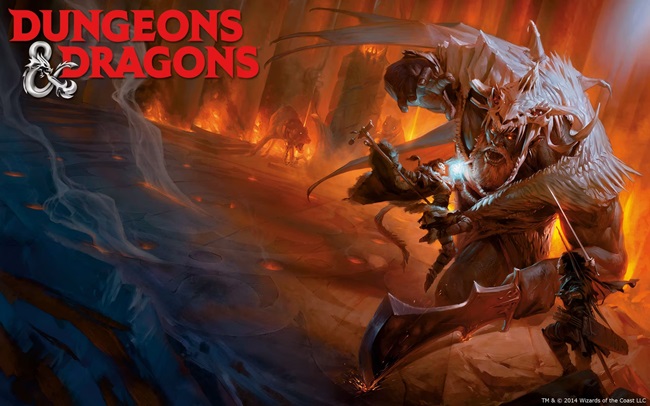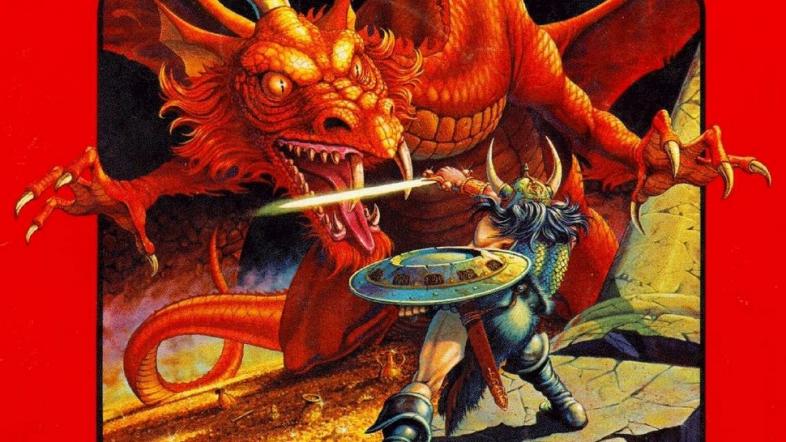
Flower and thorn, sun and moon, tooth and claw. From growing crops in an instant, to calming a pack of wolves, to summoning a terrible storm; that’s the power of the humble Druid. Those who belong to this versatile class revere nature, and draw power from it. Some gain their abilities from Nature itself, while others have been blessed by a nature-based deity, working to fulfill their god’s desires. No matter where the power comes from, Druids use it to bring balance to the natural world.
Druids have many skills that are useful in the world of Dungeons and Dragons. They are adept in combat, stealth, healing, and creative problem solving, making the druid a well-rounded character. They can even transform into animals and gain their abilities for a time. From a pure roleplaying perspective, druids make for an excellent story. The druid class is great to play if you love planning ahead. The trick to playing a druid well is knowing how to build your character from the very beginning.
1. Background/History
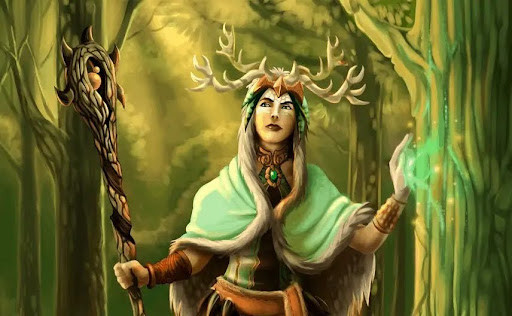
Every character has a history. We all came from somewhere and experienced something (either terrible or fantastic) that has sent us on our epic quest. There are many background options for a druid, limited only by your own imagination. Perhaps you were a farmer, and you spared a chipmunk’s life, and that chipmunk turned out to be a nature god that blessed you with great power. Or, maybe you were abandoned as a baby and were literally raised by wolves. Did you always go on long journeys and crusades? Or did you spend time tending to a sacred garden or grove? Maybe that grove was destroyed, and you seek either vengeance or a new home. Take a moment to consider where your character’s power comes from and what they really want to do with it. Will you focus on plant-based magic, or is animal power the way to go? Your background tells your fellow players who your character is. A good background will allow your Dungeon Master to create epic stories and quests tailored to your character.
When looking at specific backgrounds for druids in the 5e Handbook, the best match for a druid is a Hermit. Spending so much time away from cities and towns has given a Hermit skills in Medicine and Religion. However, if you want your druid to be a little more physical with a focus on Athletics and Survival, Outlander could be the background for you. A third option would be a Sage, having spent time developing Scholar traits.
2. Race
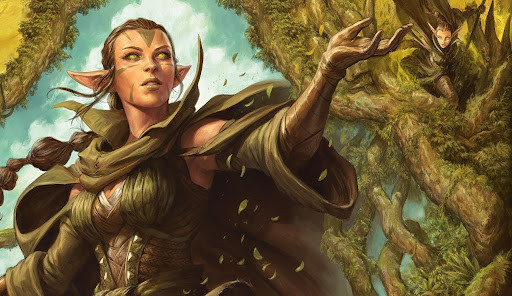
Choosing what race to play in D&D is an important choice. Each race has different attributes that can be beneficial to your character, depending on what class you choose to play as. The most common race of druids seems to be the Wood Elf, mostly because this race will grant a bonus of +1 Wisdom and +2 Dexterity (more on those attributes later). Other popular races in druids are Human and Mountain Dwarf, as they can choose their own attribute boosts. Of course, you are not limited to these options. There’s absolutely nothing wrong with playing a Dragonborn or an Orc druid. Choosing your race will help develop your character’s backstory, as well as a name. Speaking of names…
3. Character Name
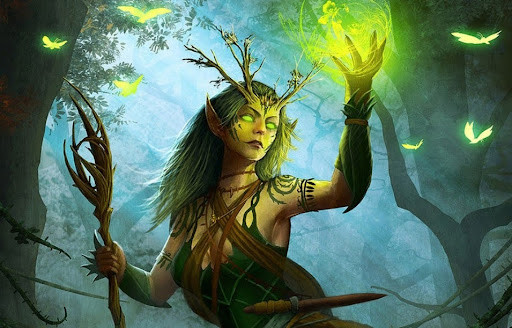
One of the most important aspects of your character is your name. Your party needs to know what sounds to make with their mouths to get your attention, so let’s make it a good one! In Dungeons and Dragons, names are often based on what race you are playing as, as well as what region or area your character is from. For example, some Elf names may look something like Adran, Beiro, Drusilia, Meriele, or Thia. Dwarf names tend to have harder sounds, such as Adrik, Harbek, Amber, Mardred, or Kathra. Human names vary wildly depending on the region. Given the variety of regions, choosing a name for a human could be a significant challenge. Humans hail from different areas, including Calishite, Chondathan, Damaran, Illuskan, Rashemi, Shou, Thethyrian, and Turami.
Ultimately, your character’s name is not restricted to race or class, and can be pretty much anything you want, as long as the DM is okay with it. It’s not unheard of to be teamed up with someone named Jenny Picklestork. What’s most important is that you pick a name that you like and that you are comfortable playing with for an entire campaign (or at least, as long as your character can survive).
4. Alignment
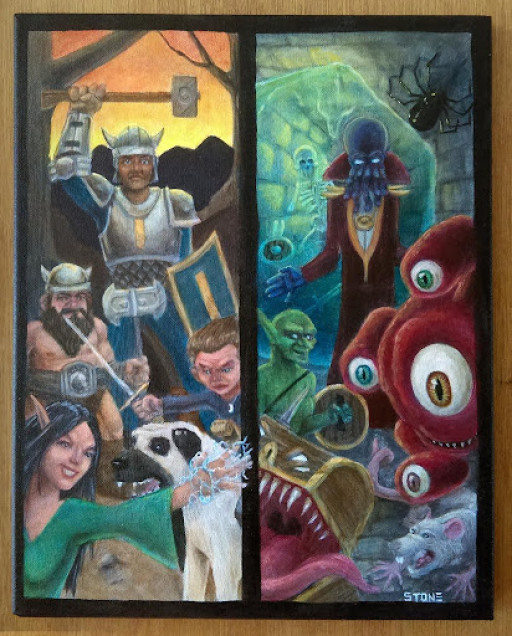
The world is divided into more than just Good and Evil. The same holds true in the world of Dungeons and Dragons. In earlier editions of the game, druids were limited to being True Neutral. Now, however, you have some more options, as the class has evolved over time. It’s largely agreed that Druids are Good, but it’s not set in stone, if you feel you can make a great Evil Druid.
As a Lawful Druid, you can be a warden of nature, setting and enforcing strict laws upon the land. If you follow a specific nature deity, you can work to fulfill those desires and laws as well. A Neutral Druid will work to keep the balance of life and death, growth and decomposition throughout the land. They tend to only work with others that agree to respect the land. A Chaotic Druid may favor wild and powerful storms and wanton destruction to work toward their goals. They would have no problem annihilating a factory or even a town that is polluting for profit. Whatever alignment you choose, just remember to keep your character’s decisions relevant.
5. Druid Gods
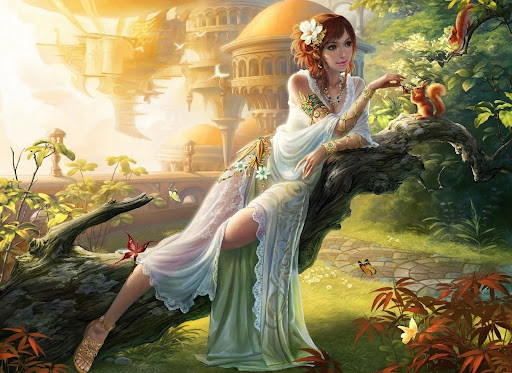
Many players of D&D like to incorporate religion or faith into their gameplay. It adds great depth of character, and when it comes to picking a deity, you are absolutely spoiled for choice. D&D offers dozens of gods, goddesses, and other divine beings your character can interact with and gain benefits from (or wrath, depending on your philosophical bent). Before choosing a god to follow, consult with your DM to ensure you’re familiar with the religious structure of their game world.
Obviously, Druids tend to follow nature-based gods, and their religion is often referred to as the Old Faith. It is followed not only by druids, but by farmers, ranchers, fishers, foresters, and anyone who works closely with nature. Many druid circles are connected to a deity, and draw their power from it. From the Forgotten Realms, a druid may follow Auril (Goddess of Winter), Eldath (Goddess of Peace), Mielikki (Goddess of Forests), or Silvanus (God of Wild Nature). A druid of Greyhawk may call upon Beory (Goddess of Nature), Ehlonna (Goddess of Woodlands), or Obad-Hai (God of Nature). There are numerous gods to choose from for your druid’s faith. You can even have them worship nature itself, and do away with a named deity in your work.
6. Stats/Attributes
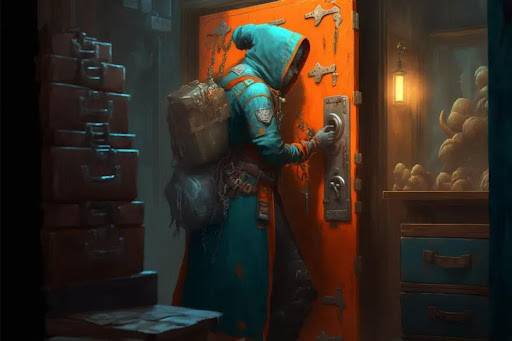
An important part of building a great druid character is focusing on the right attributes. Different classes work better with different stats. For example, a fighter or barbarian would do well with more points in Strength so they can swing a weapon harder or carry more. However, a rogue or assassin might focus more on Dexterity so they can move quickly and quietly, as well as picking locks with ease.
A good druid should focus on Wisdom and Constitution. Wisdom reflects how attuned you are to the world around you, and determines your perception and intuition. Wisdom is also a druid’s spellcasting ability, and considering that this class is almost purely magic-based, it’s definitely going to be a priority for your character. Constitution determines your hit points, and dictates other physical abilities such as how long you can hold your breath, how long you can go without sleep or food, or even how much you can drink at once. It also doesn’t hurt to throw in a little Dexterity for a druid, as that will determine your initiative bonus and armor class. It’s totally fine to add a few points to Strength, Charisma, and Intelligence. However, in a given campaign, a druid probably won’t use them too often. As an example, if your druid is from a hermit background, being removed from society will probably leave them with a lower Charisma score.
7. Level Guide
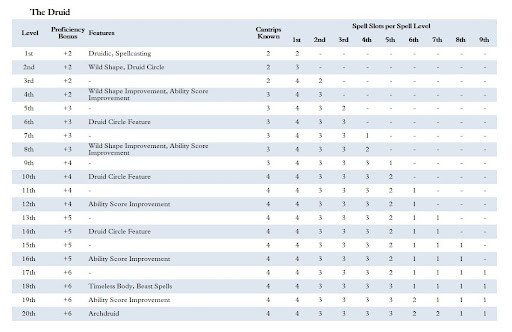
As you increase in level and become stronger in the game, you will gain certain perks and abilities. Druids are no exception to this, and the benefits can be really useful when applied well. At the very beginning, level 1, your druid has the knowledge of the secret Druidic language, and can see these hidden messages without any effort. You also have your basic druid Spellcasting abilities. These skills are designed to let you cut your teeth at being a druid.
At level 2 you will gain two vital abilities for the druid: First, you will learn Wildshape, a classic ability that allows a druid to become any animal they have seen (we’ll discuss that in detail in just a moment). The other ability allows your character to join a Druid Circle (also explained below). At levels 4 and 8, you improve on your WIldshape and Ability Scores. Reaching levels 6, 10, and 14 will give you another Druid Circle feature. At levels 12, 16, and 19, you will receive further Ability Score improvements. Level 18 grants you the Timeless Body and access to Beast Spells. Finally, level 20 will make you an Archdruid, among the most powerful of your kind.
8. Wildshape

Once you reach the 2nd level, you gain a wonderful power called Wildshape. This ability allows a druid to transform into any animal they have seen before. When you transform, you have all the abilities and stats of the beast, including hit points, strength etc. It’s up to you and your DM as to whether your equipment stays on you, falls off, or is absorbed into your body. You can hold this form for a number of hours equal to half of your level, rounded down. For example, if you are level 3, you would be able to stay in Wildshape for one hour because 1 ⁄ 2 of 3 is 1.5, rounded down is 1. The higher you level up, the longer you can stay in your beast form. You can turn back into your regular form with a bonus action, or you can be forced to return to your regular form when your beast shape’s HP reaches zero.
There are limits to the kinds of beasts you can turn into. Wildshape doesn’t allow you to turn into a dragon or griffin, or other magical creatures. When you first get the ability at level 2, you can turn into a creature with a challenge level of 1/4 or less, as long as it has no flying or swimming speed. At level 4, you can use a creature’s swimming speed, and you gain flying speed starting at level 8.
There are a few other rules that apply to Wildshape. You cannot cast spells, or speak or take any actions that require hands when transformed. However, you can take actions that are part of a spell that has already been cast, such as Call Lightning. As an animal, you will retain your alignment and personality, as well as Intelligence, Wisdom, and Charisma scores. While you keep the benefits and abilities of your race and class, you cannot use special senses like darkvision unless your beast form has that ability as well.
Wildshape is an incredibly useful power, great for combat and exploration. Have you ever heard a story and wished you could be a fly on the wall to hear that conversation? Well, now you can. From random hijinks to serious missions, the ability to shapeshift into animals is invaluable to any adventuring party.
9. Druid Circles
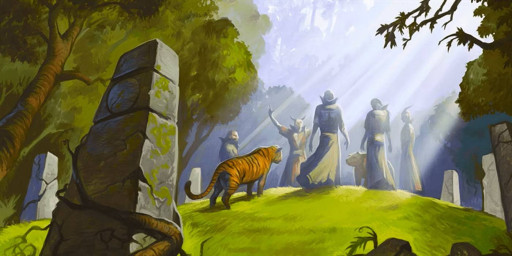
Another benefit of reaching level 2 with your druid is the opportunity to join a Circle. These Circles help your druid focus on a specific ability path, and each one has different abilities and advantages. The two main Circles are the Circle of the Land and the Circle of the Moon. There have been others introduced throughout the years, but we will be focusing on the two Circles offered in the 5e Player’s Handbook.
The Circle of the Land is made up of scholars and mystics that protect ancient knowledge, passing it down through storytelling and oral reports. They usually meet in circles of trees or standing stones, away from prying eyes. The wisest and most experienced of this Circle serve as priests of the Old Faith and advisors to rulers of farming towns and cities. Once you join the Circle, you immediately gain an additional druid cantrip. You also gain the Natural Recovery ability, which allows you to meditate in nature during a short rest and regain a number of expended spell slots equal to or less than half your level, rounded up. This ability cannot be used on spell slots 6th level or higher. As you level up in this Circle, you will be able to access Circle spells based on where your character originally became a druid. These spells are linked to several types of land: Arctic, Coast, Desert, Forest, Grassland, Mountain, Swamp, and Underdark. Each land has a variety of different spells that will prove useful to your character.
The Circle of the Moon are fierce guardians of the wilds. They meet in secret, under the light of the moon, to share news and warnings of current events. Members of this Circle are often reclusive, avoiding society. The first benefit of joining this Circle is that your Wildshape ability is moderately enhanced: You can use Wildshape as a bonus action in combat, rather than a full action. You can also transform into any beast with a challenge rating of 1. At level 6, you’ll get the Primal Strike, which turns all of your animal attacks into magical attacks, allowing you to bypass certain resistances and immunity to nonmagical damage. At the 10th level, you spend two uses of Wildshape to turn into an elemental of air, earth, fire, or water. Finally, at the 14th level, you will gain the Thousand Forms, which allows you to cast Alter Self at will, giving you the ability to change your appearance however you choose.
10. Druid Weapons
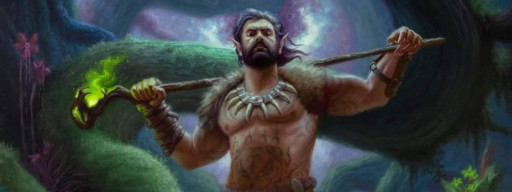
Druids rely mostly on spellcasting and natural magic to get things done. But sometimes, things get a little physical. When that happens, druids do have a few options. It should be noted that while druids do not use armor or shields made of metal, this rule does not necessarily apply to weapons. That’s something you should talk to your DM about to straighten up any confusion for your campaign.
Clubs and staves are cheap, simple solutions for a druid to have a decent weapon. These also allow the use of the Shillelagh cantrip (more on that below). For those who want a little power behind their attacks, consider a scimitar for slashing damage that will work on most enemies. If you want to keep a little distance, give a spear a try. In terms of ranged weapons, there aren’t a lot of options for a druid to use, but there is always a sling. They are a bit weak, yes, but they don’t require a high Dexterity, and they work in a pinch. Ultimately, the best weapon for your druid will depend entirely on your play style.
11. Druid Armor
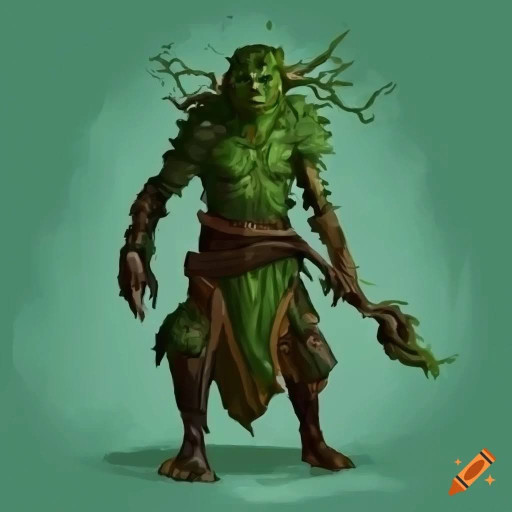
By default, druids do not use armor that is made of metal or industrial materials. While that certainly limits your options, it doesn’t leave you with nothing. If you’re looking for a good balance of mobility and protection, consider leather armor. It’s readily available and usually not very expensive. It will allow you to be somewhat more effective in combat without giving up a lot of movement.
Another option to consider is simple padded armor. This armor is best for druids who rely on spells and Wildshape for combat. Padded armor is very cheap, and gives you the best mobility in the field. Of course, the tradeoff is that the armor offers very little physical protection, so it’s up to you if you think it’s worth the risk.
A third option is to use natural armor, or spells that create armor effects, like Barkskin, or the Tree Spirit form of Guardian of Nature. This will give you physical protection without compromising your spellcasting abilities.
12. Druid Items
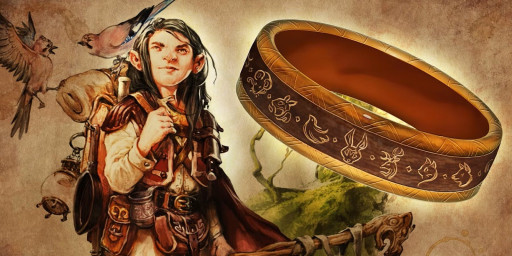
Sometimes, magic just isn’t enough to deal with a situation. When that happens, it’s time to root around in that Bag of Holding and pull out just the item to save the day! But what items should a druid be carrying? An herbalism kit is a must, and a Potion Pouch is highly recommended. The Staff of the Woodlands is a classic druid item, granting you additional spell slots and giving you an advantage on spellcasting in combat. The Mantle of the Wild is a wondrous cloak that boosts your Wildshape ability, giving you an advantage on your AC and attack rolls when in beast form. Given that druids have limited armor options, a Cloak or Ring of Protection is a must!
Like many aspects of this game, the items you will need and use depend on how you play as a druid. Focusing more on plants or animals will require the use of different items. It’s up to you to decide which items are worth it, and which ones can be sold at the local pawn shop to bail your rogue out of jail (yet again).
13. Druid Feats
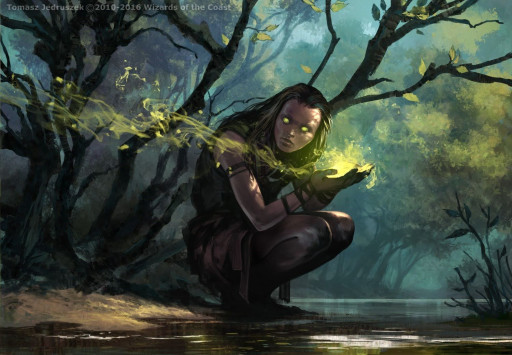
A feat is a talent or skill that can give your character special abilities, usually outside the standard class training. There are many different feats for you to choose from, including Acting, physical skills, even just being extra lucky. Some of these have requirements, such as your Strength or Dexterity being a certain amount. For a druid character, there are many feats to take advantage of to elevate your gameplay.
For spellcasting druids, War Caster is an excellent choice, as it allows you to cast spells while holding a weapon or a shield. It also lets you maintain concentration on a spell more easily. Another decent option for the spellcaster is Spell Sniper, which increases the range of your spells and ignores some cover effects. For druids that often fight in Wildshape, consider Savage Attacker for extra damage while you are transformed. The Mobile feat will give you increased movement speed and will help you dodge attacks of opportunity.
14. Cantrips
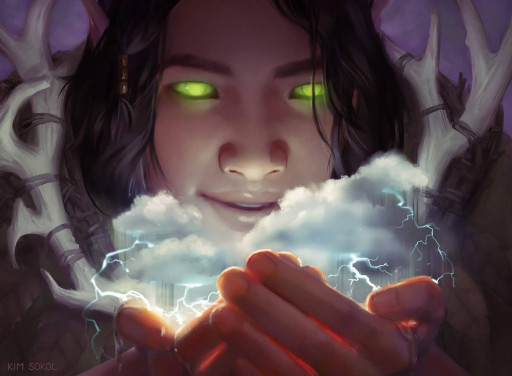
A cantrip is a kind of spell that can be cast without any preparation or use of a spell slot. It’s usually a small, simple effect that can be done easily by the character. For a druid, there are many cantrips that will come in handy on your journey. Druidcraft is absolutely essential for a druid. This cantrip taps into your connection with nature to complete small magical tasks. This could be identifying a plant or animal, causing a flower to wilt or bloom, or even create a small weather effect, such as a light mist. Shillelagh is another classic cantrip for a druid. It imbues your club or staff with magical energy, giving it a little extra punch in battle. For those who aren’t a fan of ranged combat, give Thorn Whip a try. It will damage your distant enemies as well as bring them closer to you. Mending is also recommended. This cantrip will let you do small magical repairs on items such as clothes or tools.
15. Druid Spells
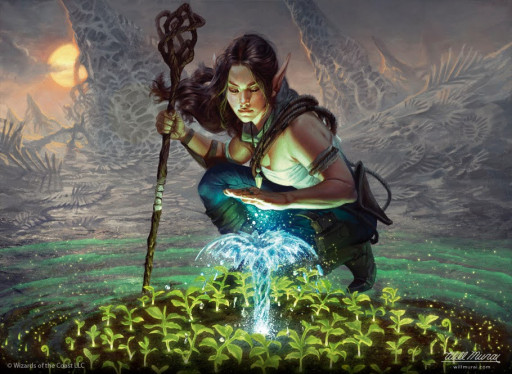
Now for the best part of a druid: The spells! Druid magic is fearsome and powerful, harnessing the raw forces of nature to change the world around you. Spells can deal damage, protect you from incoming attacks, make you and your allies more powerful, heal you, or even open a path that was originally blocked. Spells usually have simple requirements: Verbal (magic words or chants), Somatic (gestures and movements), and Material (physical objects that are either infused with magic or consumed by the spell). Magic unlocks infinite possibilities in the world of Dungeons and Dragons, and druids have access to an abundance of them.
For druids, it’s recommended that you have a couple of simple healing spells available, even if you have a dedicated healer such as a cleric in your party. It never hurts to have these spells as a backup in case you are separated from your group. Goodberry is excellent for those just starting out, as it has basic healing abilities and can feed your entire party with just a handful of berries. Speak with Animals is another good spell for beginners, as it allows you to (surprise, surprise) talk with creatures around you and gain information.
As you gain more levels and become more powerful, you will be able to cast more powerful and advanced magic. The types of spells you use regularly will depend on how you want to play the game as a druid. Ask yourself simple questions: Am I focusing on healing? Am I a plant-oriented druid, or animal? Or a balance of both? Do I heal the wilderness, or do I exact justice and vengeance? Answering these questions will help you decide what spells you will dedicate your time and energy towards.
16. Higher Levels
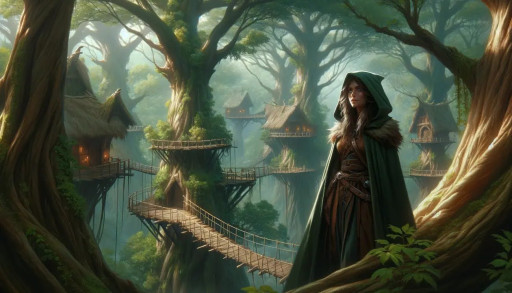
As you grow as a druid, you acquire a plethora of spells, abilities, and skills related to your control over nature itself. Once you start reaching higher levels, you will also gain specific powers and advantages.
At level 18, a druid achieves Timeless Body. Your connection to primal forces causes your body to age much slower than typical mortals. For every 10 years that pass, you only age 1 year. This allows you to have a long-living character, provided they don’t fall in battle. Also at the 18th level, you gain the Beast Spells ability. This lets you cast most of your druid spells even when you are in Wildshape as an animal. You can perform the verbal and somatic requirements of a spell, but you still cannot use physical components.
Finally, at level 20, you become an Archdruid. Not only will you be respected among your brethren and considered a leader of druids, you can also use Wildshape an unlimited number of times without resting.
If you enjoyed this article, you might want to check these out:
[Top 20] D&D Best Ranger Items, Armor, and Weapons

